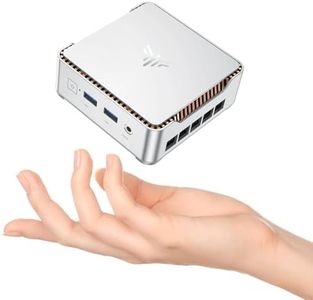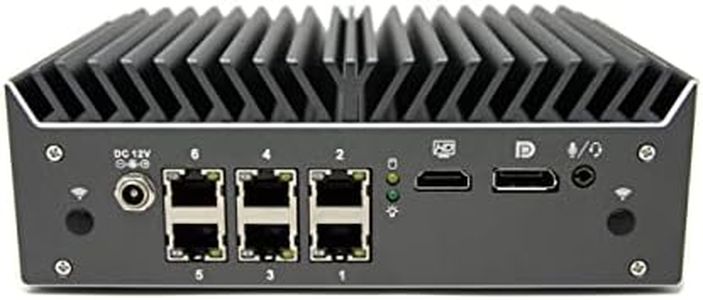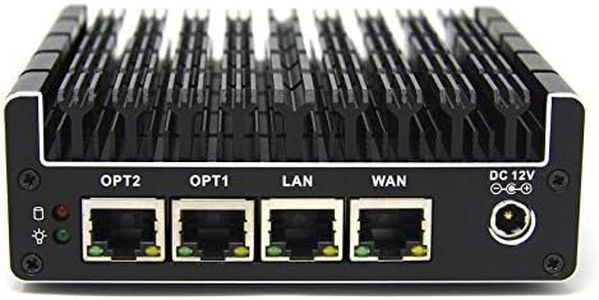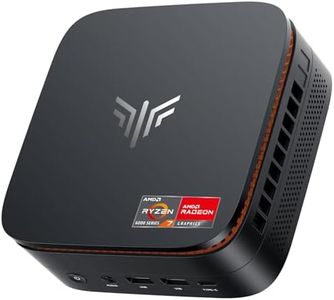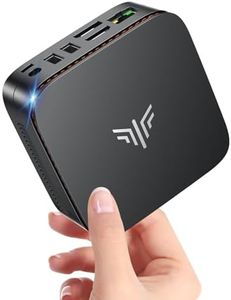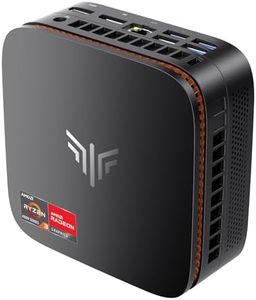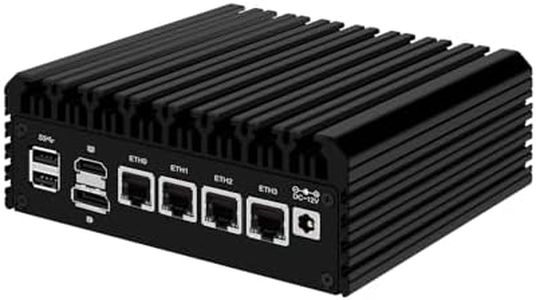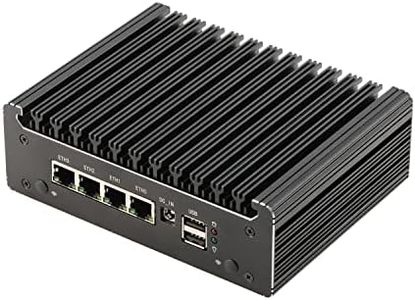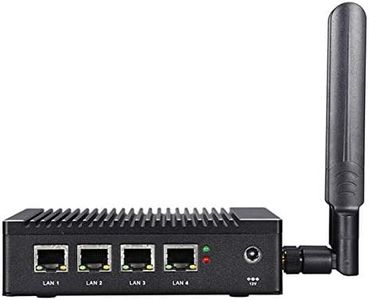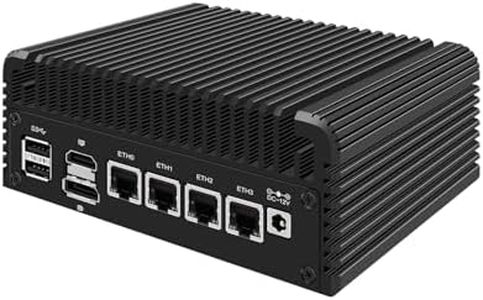We Use CookiesWe use cookies to enhance the security, performance,
functionality and for analytical and promotional activities. By continuing to browse this site you
are agreeing to our privacy policy
10 Best Pfsense Router
From leading brands and best sellers available on the web.Buying Guide for the Best Pfsense Router
Choosing the right pfSense router can feel complicated given all the technical details, but the key is to understand your own needs before you dive into the specs. Think about things like how many devices you’ll connect, what your internet speed is, and whether you’re setting up in a home, small business, or a more demanding environment. The pfSense operating system is powerful and customizable, but it also relies heavily on the hardware you select. Focusing on a few essential specifications will help you select a router that can deliver good performance, security, and reliability for your unique situation.CPU (Processor)The CPU in a pfSense router acts as the brain of the device, handling all routing, firewall, VPN, and other tasks. A faster and more modern CPU means better performance, especially under heavier loads. Lower-end CPUs are fine for simple home use with basic routing and light VPN duties, but if you are connecting many devices, using advanced firewall rules, or running fast multi-gigabit internet, a more powerful CPU is important. Look for dual-core or quad-core processors for most home and small business needs, and consider higher core counts only if you plan to run extra packages or serve many users at once. Think about what services you’ll run—more complex tasks need better CPUs.
RAM (Memory)RAM helps the router keep multiple connections and services running smoothly at the same time. If your pfSense router doesn’t have enough RAM, it might become slow or even crash under pressure. For basic home networks, a few gigabytes of RAM is usually enough. If you run a lot of extra features like intrusion detection, VPNs, or have many active connections, more RAM can help things run smoothly. A good guideline is to start with at least 2GB for simple use, 4GB for most home or small business setups, and more if you plan on running demanding services.
Network Ports (Interfaces)The number and speed of network interfaces (Ethernet ports) on your router determine how many separate networks or direct-wired connections you can have. Basic setups may only need two ports—one for the internet (WAN) and one for your local devices (LAN). If you want to segment your network (like using VLANs or having guest networks), or connect multiple network devices directly, you’ll need more ports. Pay attention to whether ports are 1Gbps or higher; for faster internet or internal speeds, go for 2.5Gbps or even 10Gbps interfaces if your other devices support these speeds. Match the port count and speed to your needs and your current/future internet subscription.
StorageStorage in a pfSense router is used for the operating system, logs, backups, and extra features. SSDs are faster and more reliable than older spinning hard drives. For most home users, even a small SSD (16-32GB) is enough, but if you plan to keep detailed logs, install lots of packages, or store backups, more storage is better. Make sure you have enough storage for everything you want to do, but avoid going to extremes—most uses don’t need a large drive.
Power ConsumptionSince routers are always on, their power consumption can affect your electricity costs and how much heat they generate. Smaller, simpler systems use less power, which is better for home environments. If you don’t need top-tier performance, pick a device that is rated for lower energy use. For more complex setups, you may have to accept higher power usage as a tradeoff for features and speed.
Form FactorForm factor refers to the size and shape of your pfSense hardware: some are tiny, desktop-friendly boxes; others are larger rackmount units for server rooms. If you’re setting up at home or in a small office with limited space, a compact device is easiest to place. Larger form factors are best for mounting in racks, which makes sense in business or data center environments. Consider your available space and how you plan to store the router.
